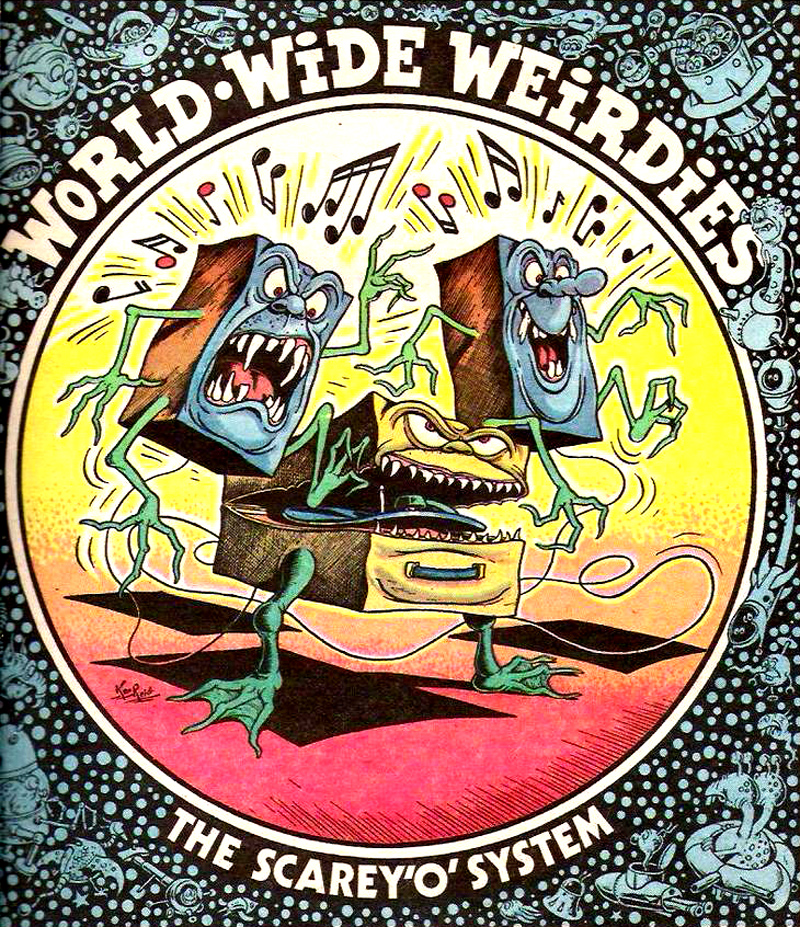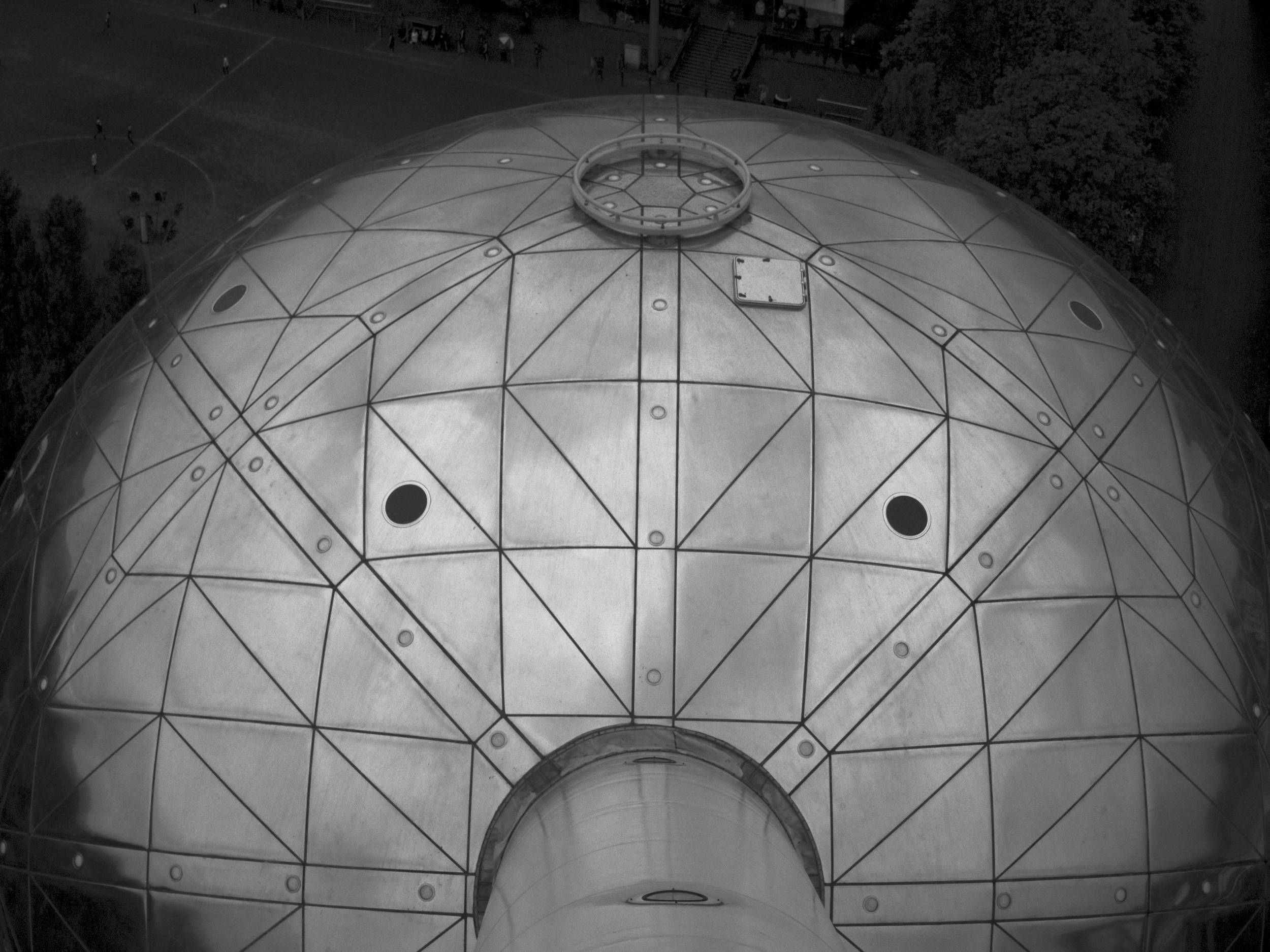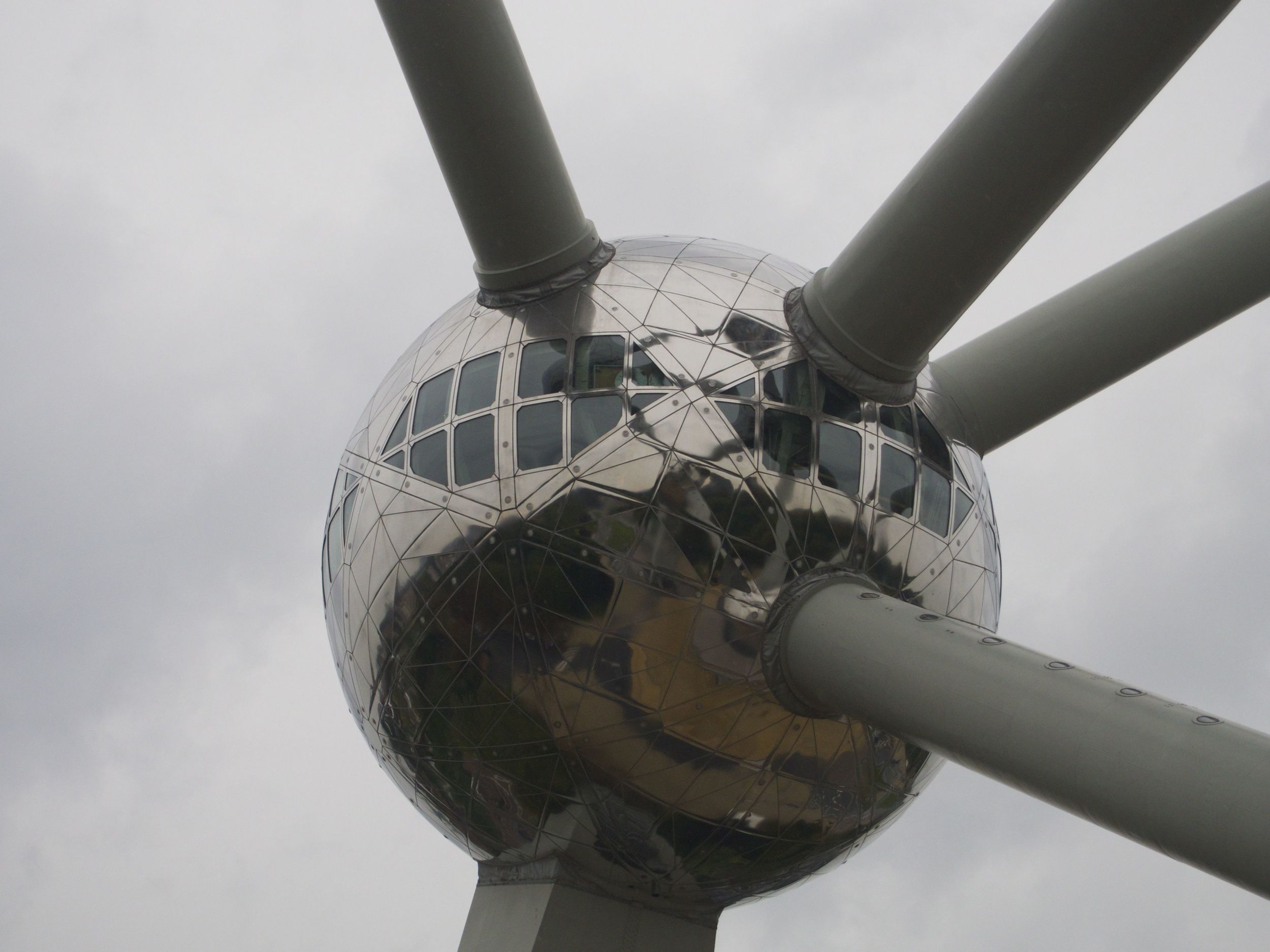The third installment of Benge's 'Forms' series focuses on the EMS Polysynthi.
"One of the interesting things about creating an album using just one synthesiser is that it puts you in the 'sonic era' of the machine that you are working with. So for this reason I decided to create these tracks with this idea in mind, resulting hopefully in a sound reminiscent of the musical cues found on certain late 1970s soundtrack or library albums. Therefore when listening to this record it would not be inappropriate to try and imagine yourself immersed in a progressive Television Play such as would have been broadcast on on a sunday evening in 1978
This record was made using the EMS Polysynthi electronic polyphonic synthesiser. All sounds were created and played on this single machine, and then recorded directly to multi-track tape in overlaying passes. The only exception to this was the minor addition of monophonic spring reverberation via the EMS VCS3 and some occasional band-pass filtering courtesy of the EMS 8-octave filter bank
Download it here.


























